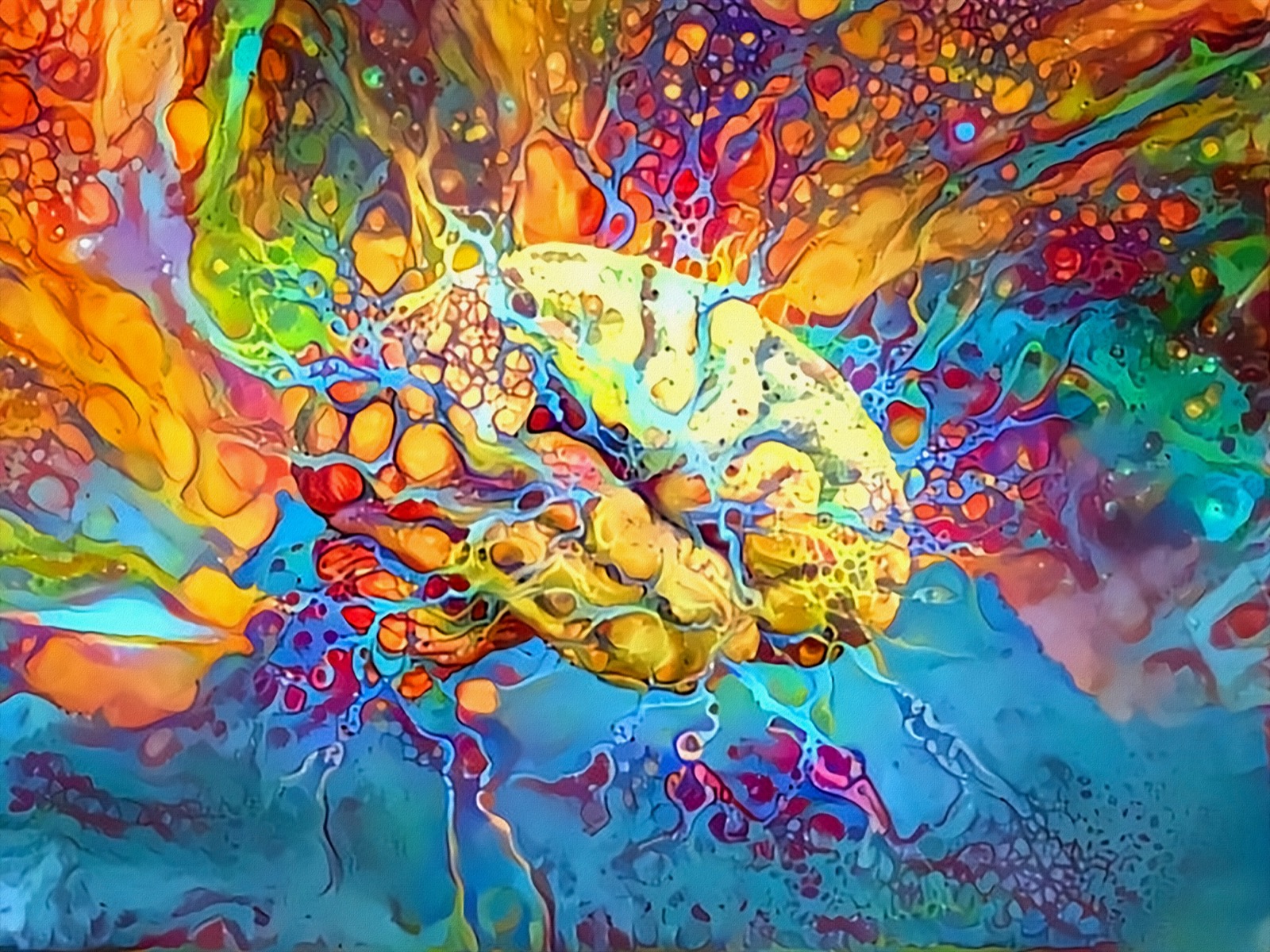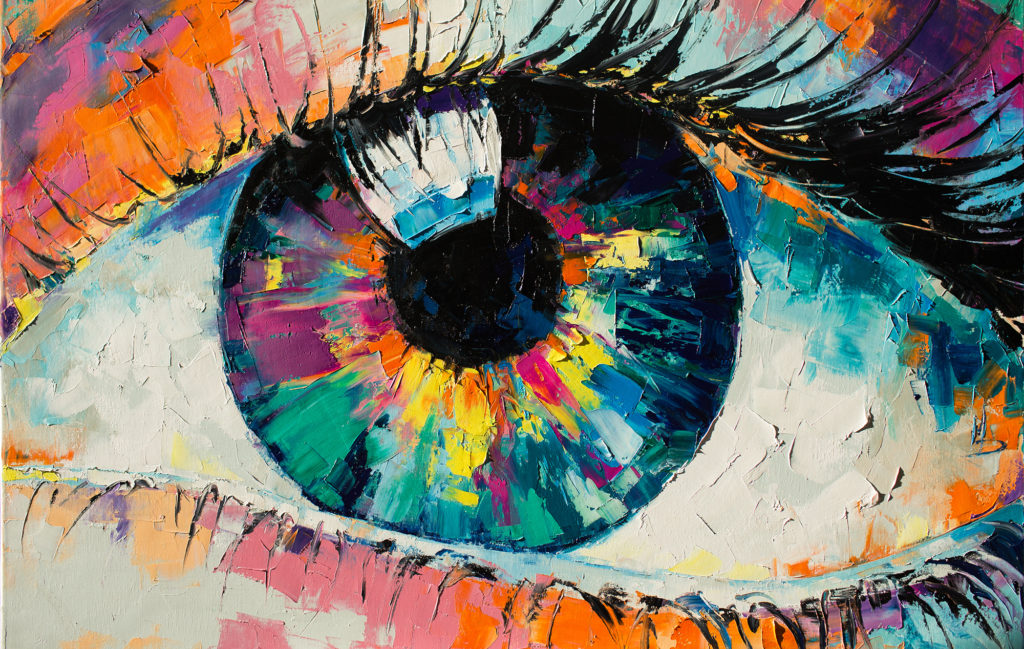Getting Started on a Visual Trip Through the Lyrical Interpretations of Nature in Impressionist Landscapes
Each brushstroke, each play of light and shadow, and each shade option in their works talks volumes about the musicians' deep connection to nature and their ability to convert its charm onto the canvas. As we explore the lyrical analyses of nature in Impressionist landscapes, we are invited to submerse ourselves in a world where fact and emotion link, using a peek into the musicians' profound admiration for the natural world.
The Exciting Brushstrokes of Claude Monet
Claude Monet's mastery of brushstrokes goes beyond simple technique, imbuing his landscapes with a spiritual top quality that enthralls and captivates customers - trump art. His innovative use of shade and light, incorporated with his unique brushwork, creates a sense of activity and life within his paintings. Monet's prominent collection of works depicting water lilies and his iconic haystacks showcase his capacity to catch the fleeting results of light and atmosphere

Taking On Light and Darkness With Camille Pissarro
Symbolizing a comparable reverence for the interplay of light and darkness, Camille Pissarro's imaginative vision unfolds as a harmonious expedition of the environment's luminescent subtleties. Pissarro, an essential number in the Impressionist activity, masterfully caught the vibrant relationship between light and shadow in his landscapes. His experienced use color and brushwork enabled him to share the subtle shifts in light that specify various times of day and seasons.
Pissarro's paintings often feature spotted sunshine infiltrating fallen leaves, casting intricate patterns of light and shadow on the planet listed below. In works such as "Hoar Frost, the Effect of Snow, Pontoise," Pissarro skillfully illustrates the crisp brightness of winter sunshine juxtaposed with the trendy darkness that define the snowy landscape. By welcoming both light and darkness in his structures, Pissarro welcomes viewers to immerse themselves in the natural appeal and transient impacts of light worldwide around them.

Through Pissarro's jobs, we are advised of the transformative power of light and darkness, welcoming us to stop and value the fleeting moments of charm present in the daily landscapes that border us.
A Harmony of Color Styles by Edgar Degas
Edgar Degas manages a lively symphony of colors in his masterful artworks, infusing his compositions with a dynamic interaction of colors that mesmerize the customer's look. Understood mostly for his ballet professional dancers and intimate scenes of Parisian life, Degas adeptly adjusted colors to convey mood and motion in his paintings. trump art. His use vibrant, different colors and subtle tonal variants produced a sense of depth and vibrancy within his jobs
Degas' shade combination typically consisted of rich blues, deep environment-friendlies, and cozy oranges, which he used with positive brushstrokes to catch the significance of his subjects. Whether depicting a ballerina mid-performance or a team of close friends chatting at a cafe, Degas' colors not just illustrated the scene but additionally stimulated a sense of feeling and energy.
Furthermore, Degas' experimentation with light and darkness added an added layer this link of complexity to his shade structures, enhancing the total environment of his paintings (trump art). Via his experienced manipulation of shade, Degas produced an aesthetic symphony that remains to resonate with viewers today
Checking out Nature's Calmness With Berthe Morisot
Berthe Morisot's artistic vision uses a serene separation from the dynamic shade symphonies click here for more of Edgar Degas, as she records the harmony of nature in her expressive landscapes. Understood for her delicate brushwork and intimate portrayals of everyday life, Morisot's landscapes emanate a sense of tranquility and harmony.
Morisot's paints frequently include soft, muted tones that share a sense of calmness and tranquility. Her works, such as "The Cradle" and "Summer season's Day," showcase her capability to catch the refined charm of nature in a manner that is both contemplative and comforting to the visitor.
Unlike some of her Stylist counterparts that focused on dynamic structures and vibrant colors, Morisot preferred to develop gentle, reflective scenes that welcome the audience to stop and mirror. Through her skillful use light and shadow, Morisot produces a feeling of tranquility that reverberates with the visitor on a deep emotional degree.
The Emotional Landscapes of Vincent Van Gogh
Vincent Van Gogh's landscapes vividly communicate a depth of emotion via their dynamic brushwork and expressive use shade. The Dutch post-impressionist musician is renowned for his ability to capture raw and intense emotions in his paintings, transcending typical representations of nature. Van Gogh's tumultuous individual life, marked by psychological health struggles, considerably influenced his art, instilling his landscapes with a feeling of worry, moody, or vitality.
In works such as "Starry Night" and "Wheatfield with Crows," Van Gogh's swirling brushstrokes and dynamic color choices evoke an extensive psychological feedback from visitors. The stormy skies and flustered landscapes in his paints show his inner chaos and psychological disturbance, inviting audiences to delve into the intricacies of his subconscious.
Van Gogh's special visual language, defined by exaggerated perspectives and vibrant usage of color, creates landscapes that reverberate with visitors on a deeply psychological level. Through his art, Van Gogh invites us to see nature not equally as an outside truth but as a mirror of our innermost sensations and feelings.
Final Thought
Finally, the impressionist landscapes of artists such as Claude Monet, Camille Pissarro, Edgar Degas, Berthe Morisot, and Vincent Van Gogh supply a one-of-a-kind and fascinating aesthetic interpretation of nature. Via their use brushstrokes, emotion, light, and shade, these musicians have created a harmony of pictures that find out here now evoke a feeling of peacefulness and charm in the environment. Their works remain to motivate and bewitch audiences with their lyrical analyses of the landscapes around us.
Each brushstroke, each play of light and shadow, and each shade option in their jobs speaks quantities concerning the artists' deep link to nature and their ability to convert its beauty onto the canvas. His ingenious usage of color and light, integrated with his distinctive brushwork, produces a sense of activity and life within his paints. His skilled use of color and brushwork permitted him to communicate the subtle changes in light that define different times of day and periods.
